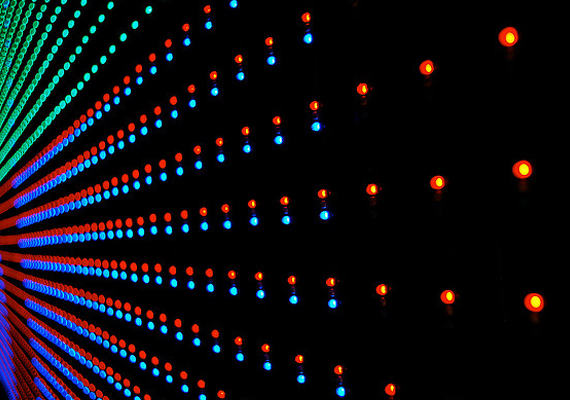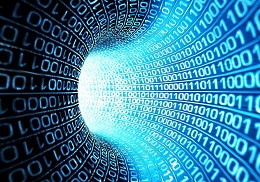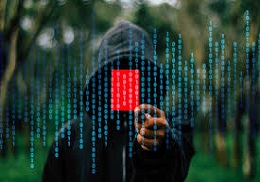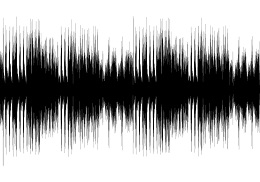
A Mexican company is the first one to commercialise the LiFi technology. For now, it has not replaced wifi, but there is no doubt it is a breakthrough in the field of the ICTs.
29 january 2016
“We are going to democratise the Internet”, this is how the Mexican mathematician, Arturo Campos introduces the project. He assures that his company, Sisoft, was the first in the world to commercialise LiFi technology.
LiFi comes from Light Fidelity. As its name implies, it is a wireless system similar to Wi-Fi but, instead of using electromagnetic waves, it uses visible light to spread its signal. A connection 100 times more powerful and safe than wifi.
LiFi technology could solve the problem of the radio-frequency spectrum saturation, as it is estimated that in 2019 the world traffic of data will increase up to the 4.3 exabytes a month (24,000 million gigabytes). Currently, the abundance of connected devices causes a saturation in those places with big crowds of people. “This 5G connection is going to increase that space”, assures Campos.
Although the scientific community has researched LiFi technology for more than 100 years, it was the scientist from University of Edinburgh, Harold Haas who is credited with the its dissemination. In 2011, he discovered that the light of a single LED was able to transmit more data than a telephone antenna.
Arturo Campos admits that he is not the discoverer but he was the first person to commercialise the receptor. Apparently, Sisoft has been developing its prototypes since 2010. The resulting device is a receptor and a lamp with a chip which decodes the information that acts like a router. The price of this prototype is 2,500 pesos, more or less 126 euros at the current exchange.
For its correct operation, a modulator in the transmitting part and a photodiode in the receiving part. The former, quickly turns the light on and off creating the binary zeros and ones. The photodiodes in the mobile phones and the computers, collect the light changes and transform them into information. Thanks to the LiFi technology any point of light can become a greatrouter to which it is possible to plug in the devices.
Advantages
- Faster transmission speed than wifi;
- Cheaper than wifi;
- Any light source can act as a LiFi emitter;
- Electric light does not interfere with other systems;
- It solves saturation problems;
- Ii is more energy efficient;
- It does not require the so-valued radio electric frequencies of the wifi system.
Disadvantages
- It does not work under direct sunlight;
- Its scope is very reduced;
- It only works when the ligh is on;
- Devices need to have a technology that is able to decode the light signal.
LiFi technology is thought to serve as a data transmitter both inside and outside our homes, as it only needs light sources to emit its signal. For now, it has not replaced wifi, but there is no doubt it is a breakthrough in the field of the ICTs.
In the subject Antennas and RF System for Communications given by the full university professor Dr Enrique Navarro in the second year of the Master’s degree, the students can come into contact with cutting-edge antennas and modern equipment and subsystems that we can find in any radio frequency communication system.











